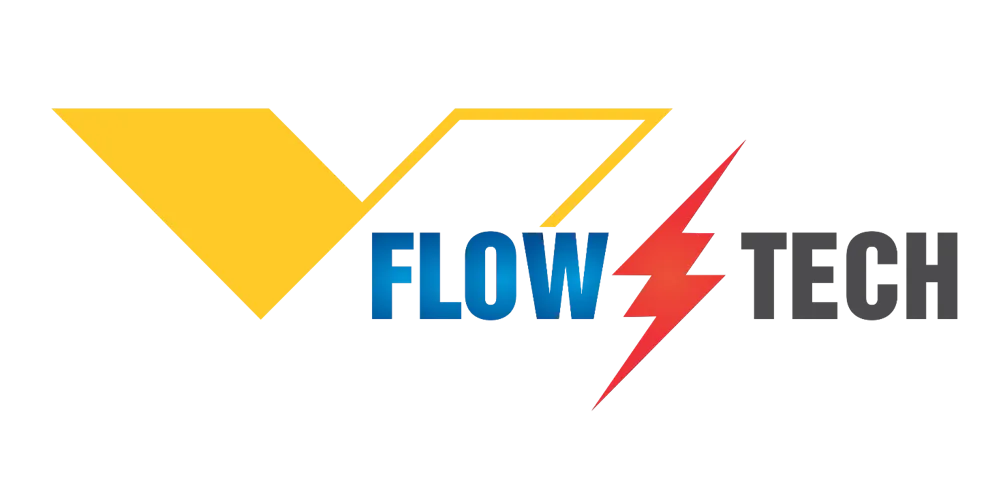When it comes to readily available renewable energy, Singapore drew the short straw. But that’s not stopping these companies.
Renewable Energy in Singapore: A Brief Overview
At the moment, Singapore doesn’t have much of a renewable energy industry to speak of. The city-state runs on around 99% petroleum and natural gas; the remaining 1% is split between coal and renewables. Most of its energy is also imported. The reason: despite being one of the richest countries in the world by GDP measured in purchasing power parity (PPP), it’s just not geographically blessed in the clean energy department. Wind? It blows at speeds too slow for power generation. Geothermal? There aren’t any subsurface hotspots suitable for traditional methods. The tides? Singapore’s seas are too calm, and its ports too congested. Hydroelectric? With what fast-moving river? Biomass or nuclear? Population density is way too high.
But that isn’t stopping Singapore from trying. The city-state has high hopes for solar power, the only type of established renewable energy that it can produce domestically; its goal is to have 2 GW up and running by 2030. Since there’s limited land to work with, Singapore has had to think outside the box; some of its projects include installing solar panels on top of high-rises and floating solar farms on reservoirs (as reported by Cleantechnica). Singapore introduced its Green Plan in 2021 as well as a green bonds framework; it also has a carbon tax and aims to achieve net-zero by 2050. And since Singapore is already a tech hub, these changes have given rise to a wave of startups hoping to chip in.
Top 6 Renewable Energy Companies in Singapore
Cyan Renewables

Weirdly enough, one of Singapore’s most proficient renewable energy company is a wind-focused company – and it’s only around two years old. Cyan was established in 2022 with the aim of essentially becoming tech support for offshore wind farms. Operating these farms can get fiendishly tricky, and Cyan offers a range of services to lighten the load. These include surveying sites for optimal turbine locations, installing the turbines, consulting services, maintenance, protection of the marine environment, and decommissioning. With $100 million raised, Cyan is already an international company; it’s acquired the Australian MMA Offshore and holds a majority stake in the British Sentinel Marine.
GetSolar

GetSolar, formerly known as Solar AI Technologies, is one of Singapore’s brightest young renewables providers. The company, founded in 2020, has so far raised $1.82 million for its solar panel installation service. It offers several different plans, including a rent-to-own model which founder Bolong Chew hopes will ‘de-risk solar ownership’ in Singapore (as reported by TechCrunch); since the prevalence of renewable energy is so low here and solar panels are on the pricey side, many people are still tentative about installing them on their houses. So far, GetSolar has installed over 150 systems, through which it claims to have avoided the release of 30,000 tons of CO2. The company is now eyeing expansion into Malaysia and the Philippines.
Quantified Energy Labs

Quantified Energy Labs spun out from the Solar Energy Research Institute of Singapore at the National University of Singapore in 2019, and it’s not your typical energy company. Its specialism is using drones to peer down on solar panels to identify cracks or other damage that might otherwise be invisible. For this, the drones use electroluminescence (EL): the process of a material emitting light when an electric field passes through it. With $1.5 million in the bank so far, Quantified is one of nine companies recently selected for EDP’s Energy Starter program for disruptive energy or hydrogen technologies.
BeeX Autonomous Systems

BeeX, founded in 2018, is another company selected for the EDP scheme. At first glance, it’s not clear why – the company designs and builds autonomous underwater robots for asset inspection – until you consider that its targets often include energy assets such as wind farms. One of the bigger issues with offshore wind farms is the danger in maintaining them, and BeeX’s methods reduce required personnel by 70%, as well as reducing carbon emissions and operational costs by 95% and 50%, respectively. The company has so far raised $3.62 million and already has several contracts under its belt.
VFlow Tech

Producing renewable energy is one thing, but storing it is another; since renewables are often intermittent and don’t mesh well with the grid, storing it is key to integrating it into everyday life. VFlow, founded in 2018, specializes in vanadium redox flow batteries, which the company claims are cheaper, more efficient, and have a longer lifespan than more conventional options (like lithium-ion); they’re also more suitable for ‘large-scale energy storage,’ bunkering enough energy to last hours to days. VFlow’s batteries, which come in container-like boxes dubbed Power Cubes, can also be scaled to GWh-level if needed, so the company. To date, VFlow has cashed in on $16.4 million in investments for its tech.
EtaVolt

Even solar panels need a spa day once in a while – especially if they reside in the tropics. Here, EtaVolt claims, the heat, humidity, and volatile weather can do a number on pricey panels and cause them to lose a good chunk of their efficiency. And since the production of photovoltaics is carbon intensive, that sort of defeats the purpose. But EtaVolt, a spinoff from Singapore’s Nanyang Technological University, has figured out a way to expand their lifespans. One part of it is the ηMax, or Eta-Max: a portable device that heats up the material, thereby ‘patching up’ holes in the panel (as reported by Optics). It also offers diagnostics, installation, and recycling services. Founded in 2019, EtaVolt has raised $1.81 million to date.
Challenges and Opportunities for Renewable Energy Companies in Singapore
Renewable energy providers regularly deal with a slew of difficulties that are par for the course in the industry, and Singaporean companies are no exception. These pains include the high upfront costs that often accompany development of renewable energy infrastructure; in Singapore, where such infrastructure (like solar panels) is still uncommon, it can be even harder to convince customers and make a business case (as reported by TechCrunch). Renewables also tend to be unreliable as an energy source – for example, the sun doesn’t shine at constant rates – so integrating it into the grid is difficult; often, even more infrastructure like energy storage is needed. And then there are the challenges unique to Singapore: limited land to work with and a shortage of natural resources suitable for energy generation.
But it’s not all hopeless. Singapore’s government has set some ambitious climate targets and policies, and its position as a tech hub means that there are plenty of opportunities for innovation – which, given Singapore’s renewables situation, is dearly needed. Still, whether that’s enough to fulfill their total energy needs isn’t clear; net-zero by 2050 is an ambitious goal even for nations with established renewable industries. But some of renewable energy companies in Singapore have expanded beyond its borders; Vena, for example, is headquartered in Singapore but runs wind, solar, and energy storage projects across Asia. It’s a clever strategy for dealing with the geography issue, and since Singapore imports so much of its energy, outsourcing its renewable industry could help ensure more of it is sourced from sustainable methods.
The Future of Renewable Energy Singapore Companies
For Singapore, investing in renewable energy isn’t just a way to address climate change; it can help bolster its domestically produced energy supply and diversify its sources. This is especially important considering its projected rise in demand for electricity; digitalization, electrification of transportation, and the growth of Singapore’s tech industry will cause electricity usage to almost double from 2022 to 2035. This power sector is responsible for 40% of Singapore’s carbon emissions: something the city-state hopes to change. Its Energy Market Authority (EMA), which deals with its electricity systems, is planning to decarbonize the grid by means of four ‘switches,’ which include boosting domestic renewables and diversifying its imports (as laid out by the Stimson Center). Still, while renewable energy companies in Singapore have a considerable addressable market, the city-state’s geographic limits means companies are going to have to get creative.




